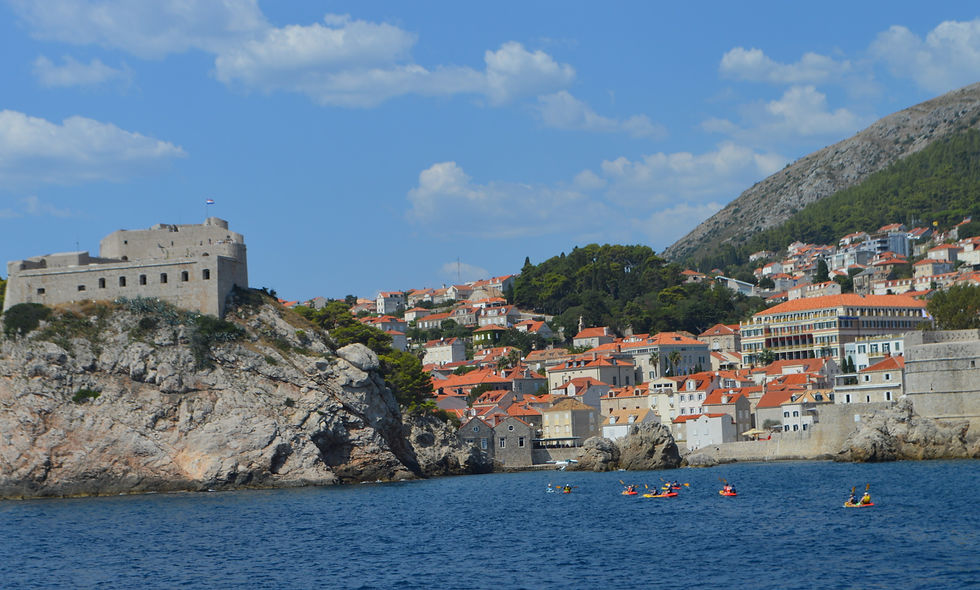Atlantic Crossing #2 (observations at sea)
- Siri Anderson
- Jun 4, 2022
- 2 min read
Our observant crew member Siri Anderson captured in words some of the unique characteristics of life on the open ocean...

No bugs, zippo
No airplanes (every few days we detected one so high up it was only visible by contrail)
The ocean is not flat, nor spherical. Rather, it is more like moraine (soft rolling hills) on even calm days. Sitting on the flybridge, about 15 feet off the water, there are always places you cannot see due to the persistent hills and valleys across the ocean’s surface.
Waves do not move in one direction in the middle of the ocean. It is not uncommon to see swells and/or waves moving in three different directions simultaneously. On top of that, the current and wind direction seem to never agree on the same direction to flow, so these are often at cross-purposes.
The ocean is not “peaceful” in the sense of quiet. It is often loud outside due to (in order from least to most volume): boat creeks, sail thwacks, rigging-related whistles, humming of wind across some portion of the boat, waves, and the roar of the wake coming off the back of the sailboat when the wind is above 15 knots.
Sounds on the inside of the boat (the salon or in your berth) may include: the vacuum, the flush of the toilet, voices, the microwave, boat creeks, laughter, water gurgling along the hull, the generator and water maker, the engine (almost solely used to make sail changes more safely on this leg of the journey), and the distinct sound of waves slapping between the two hulls of the catamaran. This last interaction is similar to the sound of a horse kicking the sides of a trailer, or a small car accident, or the sound a moving box accidentally dropped from the third floor of a building would make on impact.
Although it often appears that an oncoming wave will wash over the top of Helios, you needn’t panic. She will rise upon it without incident. Seeing an oncoming wave towering over the rails and lifelines around the sides of the boat is not a concern.
Bedtime is at 7 PM, and this will feel just right. It could be because of the need to be rested enough for your rotating nightwatch (with four people watches were 7-10pm, 10-1, 1-4am, or 4-7).
Anyone can nap on a boat. This works for those of us who might say, “I’m not a napper,” and in the sense of “there is downtime-a-plenty” for both reading and napping while under sail.
Exercise on the boat is requisite to stay upright for all passengers (work your core), and actual workouts happen for those of good character.
Layering of clothes akin to the kind known to Minnesotans (and Scandinavians more generally) serves well – to some extent regardless of season or latitude. For instance right now I am comfortable wearing fleece lined pants, an undershirt, a long sleeve slightly lined hooded shirt, and a long wool sweater (thank you Christa) and often a winter cap.
You can eat very well on a trans-Atlantic passage! Fresh refrigerated foods and delightful frozen meal components courtesy of Chef Christine make gourmet dining opportunities with reasonable preparation.
.png)



I remain overwhelmed at your adventure! Lily